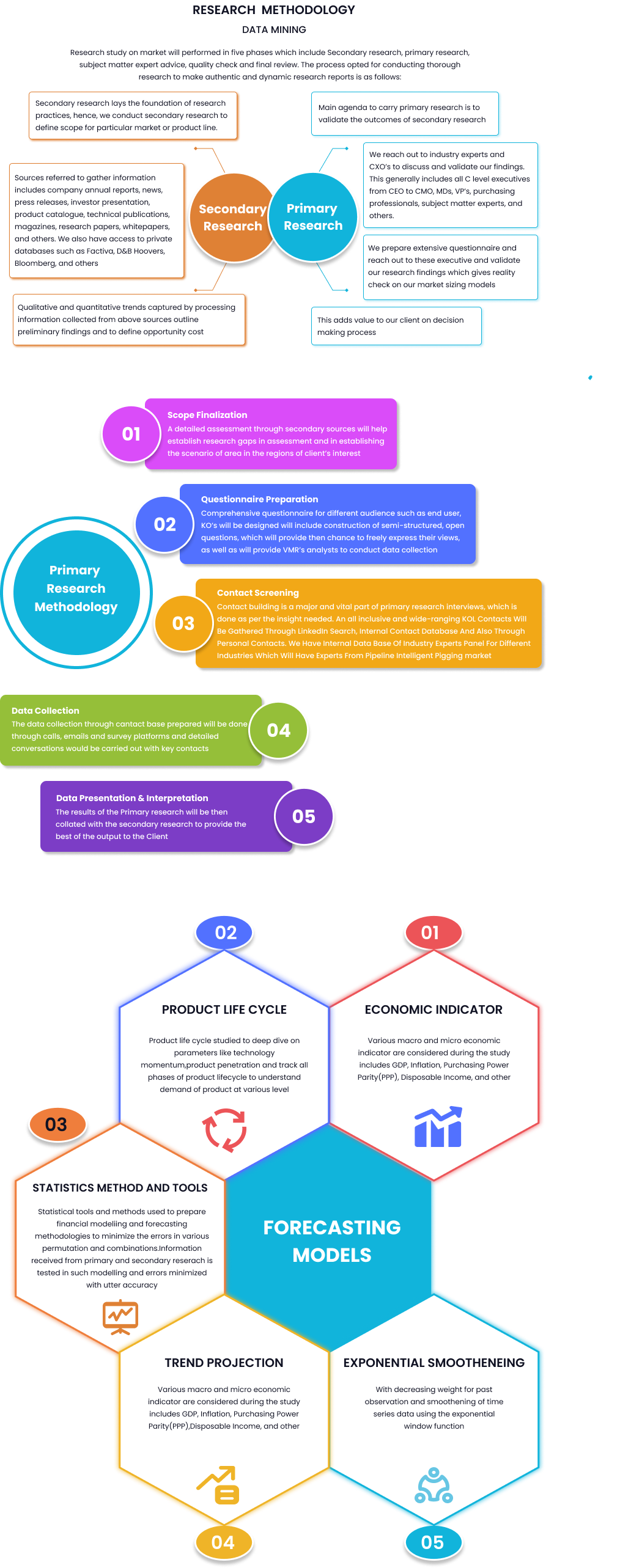
Global Mechanical Thrombectomy Devices Market Size By Type (Ultrasonic Thrombectomy Devices, Rheolytic Thrombectomy Devices), By Application (Ambulatory Surgical Centers, Hospitals and Surgical Center...
Report Id: 21957 | Published Date: Mar 2025 | No. of Pages: | Base Year for Estimate: Mar 2025 | Format:
The Global Mechanical Thrombectomy Devices Market was valued at USD 1.5 billion in 2023 and is projected to reach USD 3.2 billion by 2031, growing at a CAGR of 9.8% during the forecast period from 2023 to 2031. The increasing prevalence of ischemic strokes, deep vein thrombosis, and pulmonary embolism has fueled the demand for advanced mechanical thrombectomy devices. The rising geriatric population, increasing awareness about stroke management, and advancements in neurovascular technology are major factors driving market growth.
Mechanical thrombectomy devices have become
an essential treatment option for acute ischemic stroke, offering faster clot
removal and improved patient outcomes compared to traditional thrombolytic
therapy. Additionally, favorable regulatory support and the adoption of
minimally invasive procedures are boosting the market's expansion.
Drivers
1. Rising Prevalence of Stroke and
Cardiovascular Diseases
The increasing incidence of stroke and
related cardiovascular diseases globally is a key driver. With stroke being a
leading cause of disability and mortality, there is a growing demand for
efficient treatment options, including mechanical thrombectomy devices.
2. Advancements in Thrombectomy
Technologies
Continuous technological advancements have
led to the development of next-generation thrombectomy devices with enhanced
clot retrieval efficiency, reduced procedural time, and improved patient
safety, driving market growth.
3. Increasing Adoption of Minimally
Invasive Procedures
Mechanical thrombectomy offers a minimally
invasive alternative to open surgery, reducing hospital stays, recovery time,
and post-procedural complications, thereby driving its adoption.
Restraints
1. High Cost of Devices and Procedures
The expensive nature of thrombectomy
devices and related procedures limits their accessibility, particularly in low-
and middle-income countries, restraining market growth.
2. Lack of Skilled Interventional
Neurologists
The requirement for highly trained
specialists to perform mechanical thrombectomy procedures poses a challenge,
particularly in underdeveloped healthcare systems.
Opportunity
1. Growth in Emerging Markets
Developing economies, particularly in
Asia-Pacific and Latin America, are witnessing increased investments in
healthcare infrastructure and stroke treatment programs, presenting lucrative
growth opportunities for thrombectomy device manufacturers.
2. Integration of Artificial Intelligence
(AI) and Robotics
The incorporation of AI and
robotic-assisted thrombectomy techniques is expected to revolutionize stroke
treatment, enhancing precision, efficiency, and patient outcomes.
Market by Device Type Insights
1. Stent Retrievers (Largest Segment)
Stent retrievers dominate the market due to
their effectiveness in clot removal and favorable clinical trial outcomes.
Their ability to restore blood flow within minutes has made them the preferred
choice for acute ischemic stroke treatment.
2. Aspiration Catheters
Growing preference for aspiration
thrombectomy devices due to their ability to remove clots quickly and
efficiently without causing vessel damage.
3. Combination Devices
A rapidly growing segment as the
combination of stent retrievers and aspiration catheters improves efficacy in
complex thrombosis cases.
Market by End-use Insights
1. Hospitals (Largest Segment)
Hospitals account for the largest share due
to the high patient inflow, advanced infrastructure, and increasing number of
stroke centers offering mechanical thrombectomy procedures.
2. Ambulatory Surgical Centers (ASCs)
The ASC segment is witnessing significant
growth as outpatient stroke interventions become more common, reducing the
burden on hospitals.
Market by Regional Insights
1. North America (Largest Market)
The United States leads the global market,
driven by a high prevalence of stroke, favorable reimbursement policies, and
advanced healthcare infrastructure.
2. Europe
Europe holds a significant share, supported
by increasing healthcare expenditure, the presence of key market players, and
government initiatives for stroke awareness.
3. Asia-Pacific (Fastest Growing Market)
Rapidly developing healthcare
infrastructure, growing medical tourism, and rising awareness about stroke
management are driving market growth in China, India, and Japan.
Competitive Scenario
Key players in the Global Mechanical
Thrombectomy Devices Market include:
Stryker Corporation
Medtronic plc
Penumbra, Inc.
Johnson & Johnson (Cerenovus)
Terumo Corporation
Boston Scientific Corporation
Teleflex Incorporated
These companies focus on R&D
investments, strategic collaborations, and FDA approvals to expand their market
presence. Notable developments include:
2023: Stryker Corporation launched an
AI-assisted thrombectomy system, improving clot retrieval efficiency.
2024: Medtronic received FDA approval for
its next-generation aspiration catheter with enhanced safety features.
2025: Penumbra announced a breakthrough in
robotic-assisted stroke intervention, enhancing procedural accuracy.
Scope
of Work – Global Mechanical Thrombectomy Devices Market
|
Report
Metric |
Details |
|
Market Size (2023) |
USD 1.5 billion |
|
Projected Market Size (2031) |
USD 3.2 billion |
|
CAGR (2023-2031) |
9.8% |
|
Key Segments |
Stent Retrievers, Aspiration Catheters,
Combination Devices |
|
Leading End-use Segment |
Hospitals |
|
Largest Market |
North America |
|
Fastest Growing Market |
Asia-Pacific |
|
Key Market Drivers |
Rising Stroke Cases, Minimally Invasive Procedures,
Technological Advancements |
|
Major Players |
Stryker, Medtronic, Penumbra, J&J,
Terumo, Boston Scientific, Teleflex |

Speak with an analyst to get exclusive insights tailored to your needs
.png)
